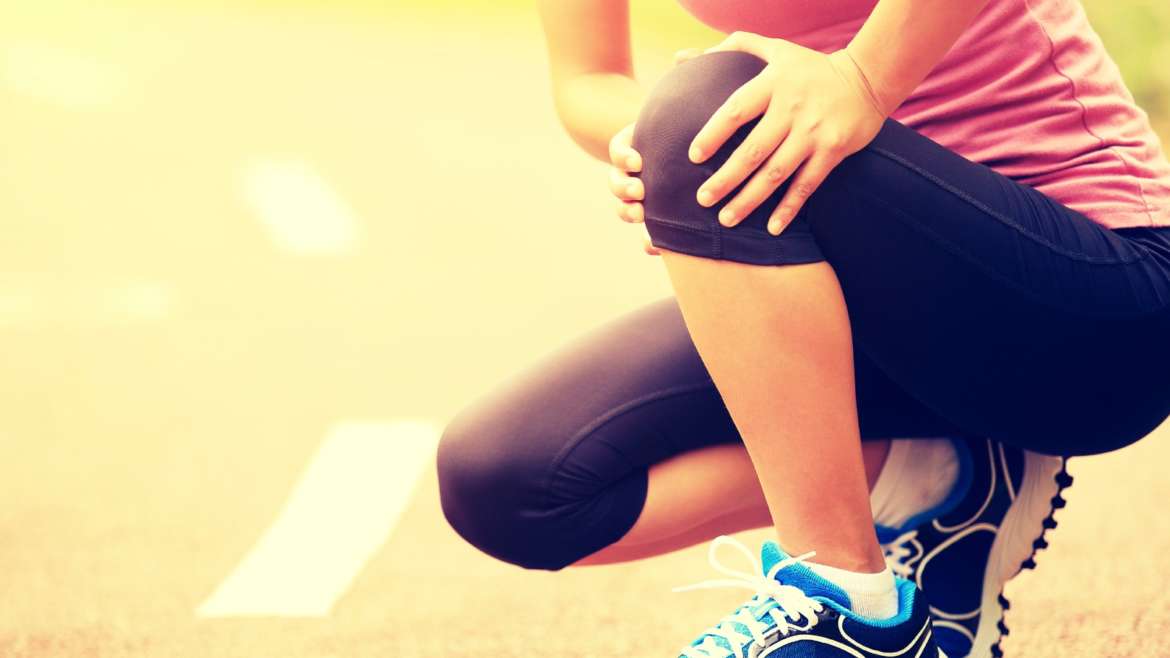Taking on the challenge of completing a triathlon may well serve as the most imposing sporting event of all; triathletes must push themselves to perfect a broad number of skills, and given the variety of physical demands that swimming, cycling and running present, the range of potential injuries are far and wide ranging.
Common triathlete injuries: A quick overview
Typically triathletes most commonly suffer from injuries that can be placed into the broad category of ‘overuse’ injuries (where injuries occur as a result of a repeated action, such as legs hitting the tarmac or continually powering a bike chain, or arms cutting through the water). In some cases up to 70-80% of all triathlon injuries are due to overuse.
However, triathletes are also vulnerable to suffering acute injuries (where an injury is suffered because of a traumatic incident – such as falling, or twisting or spraining a joint); the treatment for which is no better defined than by the infamous acronym: RICE – Rest, Ice, Compression and Elevation.
Common triathlete injuries: the three most common overuse injuries
Shoulder pain
How this injury is sustained
Shoulder problems most commonly occur as the muscles at the front of the shoulder are working harder than those at the back, this results in imbalanced muscles, where the front muscles are taught, and the back muscles are slack and weak. This can lead to injuries like rotator cuff tendinopathy or subacromial bursitis
How this injury feels
This can range from an uncomfortable, sustained aching feeling, to a sharp, stabbing pain.
How to avoid shoulder injuries
Be aware of what you’re doing with your shoulders and your technique if you’re using them during training. Sometimes, poor technique during strength training can lead to shoulder problems. However, weakness is other parts of your body can also lead to shoulder problems.
It’s best to get your shoulder assessed by a professional so they can find what is causing the pain, and how it can be improved.
How to treat shoulder pain
With a shoulder injury the best advice in the immediate term is to stop training. Unfortunately as with all overuse injuries this condition may begin with only a dull ache – leading many to continue training in the hope that it will work itself out. Make no mistake however – this will only worsen over time – it’s vital that you cease activity, and seek expert advice.
Knee pain – ITB friction syndrome

How this injury feels
Knee pain, runner’s knee, or ITB friction syndrome, will typically start as a sharp pain that is felt to the side of the knee, although it can begin with the joint simply feeling taught.
How this injury is sustained
There’s a lot of research around this injury, with studies each debating a number of causes – these range from the runner having weak hips, to their having ineffective foot biomechanics.
In any event the ‘ITB’ can be found running down your body from your glutes to the knee; this connective tissue is vital for providing stability between the hip and knee, and injury occurs when the ITB is rubbed to a point where it becomes inflamed and painful.
How to avoid and treat this injury
The method for both avoiding and treating this injury are one and the same, and involve the use of a foam roller coupled with side plank exercises.
Using the foam roller you should attempt to ‘iron out’ the knots within the side of the affected leg’s thigh. Then undertake either ½ or full side plank exercising to regain stability and build strength.
If you haven’t used a foam roller, or aren’t familiar with how this exercise should be performed, give us a call on 020 3589 8664.
Knee pain – Anterior knee pain
How this injury feels
This is a different knee injury from ITB in that it may be felt in the middle of the knee, or just underneath it.
How this injury is sustained
There’s a whole host of contributors that can bring a case of this injury about. These include both weak quadriceps and/or gluteals, as well as a lack of warm up and appropriate stretching. It’s possible to sustain this injury whilst riding a bike that hasn’t been correctly fitted.

How to avoid this injury
Anterior knee pain is often caused by overuse so be mindful not to constantly put your knee in the same repetitive motion. Avoid kneeling and squatting where you can, and put the high heels away for the time being too.
How to treat this injury
Coming to us will be the best option for recovery as we’ll be able to discuss your knee injury in detail and provide specific exercises to help strengthen the muscles around the knee.
A final word upon overcoming injury
The need for expert insight once you’ve suffered an injury during triathlon training cannot be overstated; undiagnosed, misdiagnosed and badly managed injuries can each equally contribute towards a number of issues, from unnecessary pain in the short term, to problems that can remain for the longer term.
As qualified osteopaths we’re always on hand to provide advice and guidance to those in training. Should you have suffered an injury during triathlon training – we can help both in treating it, as well as providing the coaching advice that will help you overcome and avoid the injury occurring again in the long term. If you’re suffering with a training injury give us a call on 020 3589 8664, to see how we can help.



Add Comment